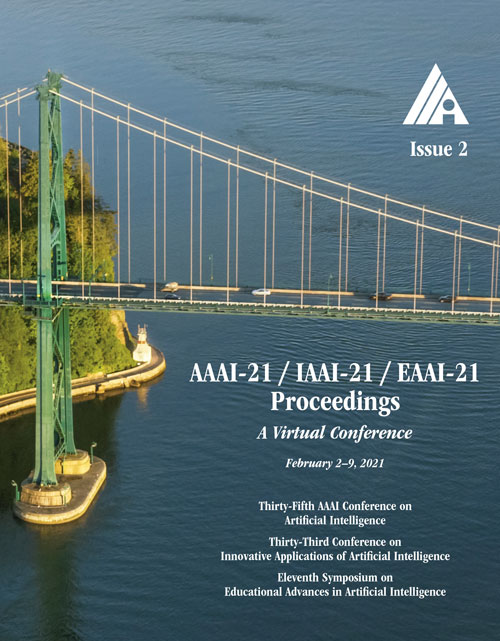The Complexity of Object Association in Multiple Object Tracking
DOI:
https://doi.org/10.1609/aaai.v35i2.16228Keywords:
Motion & TrackingAbstract
Object association, i.e., the identification of which observations correspond to the same object, is a central task for the area of multiple object tracking. Two prominent models capturing this task have been introduced in the literature: the Lifted Multicut model and the more recent Lifted Paths model. Here, we carry out a detailed complexity-theoretic study of the problems arising from these two models that is aimed at complementing previous empirical work on object association. We obtain a comprehensive complexity map for both models that takes into account natural restrictions to instances such as possible bounds on the number of frames, number of tracked objects and branching degree, as well as less explicit structural restrictions such as having bounded treewidth. Our results include new fixed-parameter and XP algorithms for the problems as well as hardness proofs which altogether indicate that the Lifted Paths problem exhibits a more favorable complexity behavior than Lifted Multicut.Downloads
Published
2021-05-18
How to Cite
Ganian, R., Hamm, T., & Ordyniak, S. (2021). The Complexity of Object Association in Multiple Object Tracking. Proceedings of the AAAI Conference on Artificial Intelligence, 35(2), 1388-1396. https://doi.org/10.1609/aaai.v35i2.16228
Issue
Section
AAAI Technical Track on Computer Vision I

